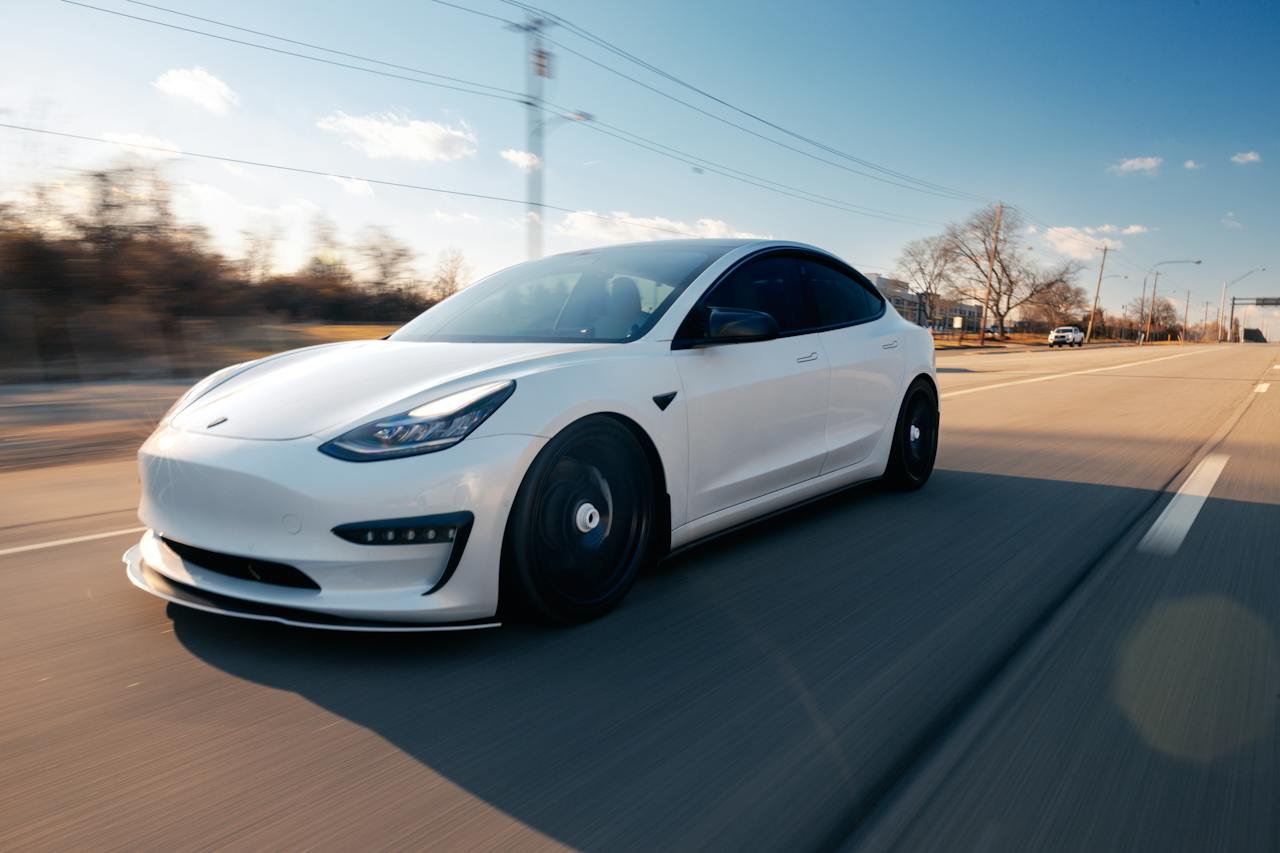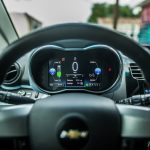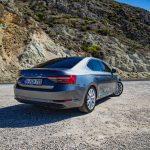The automotive landscape is undergoing a revolutionary transformation, and at the forefront of this evolution are self-driving cars. Once a futuristic concept, autonomous vehicles are now a reality, with various manufacturers competing to create the best self-driving cars. In this comprehensive guide, we’ll explore the leading players in the self-driving car arena, examining their features, capabilities, and how they are shaping the future of transportation.
The Rise of Self-Driving Technology
The journey toward self-driving cars has been marked by significant advancements in technology. From sophisticated sensors to powerful AI algorithms, the integration of these elements has paved the way for vehicles capable of navigating the roads with minimal human intervention.
Tesla Model S: The Pioneer of Autopilot
Tesla has been at the forefront of autonomous driving, and the Tesla Model S stands out as a pioneer in this field. With its Autopilot feature, the Model S can navigate highways, change lanes, and even park itself. The combination of cameras, radar, and ultrasonic sensors provides an impressive level of autonomy.
Waymo: Google’s Ambitious Venture
Waymo, a subsidiary of Alphabet Inc. (Google’s parent company), has been a trailblazer in self-driving technology. Their fleet of autonomous vehicles has logged millions of miles on the road. Waymo’s emphasis on safety and its robust sensor suite make it a prominent player in the self-driving car arena.
Audi A8: The Epitome of Luxury and Autonomy
Audi’s flagship sedan, the A8, boasts an advanced self-driving system known as Traffic Jam Pilot. While not yet available in all markets due to regulatory considerations, the A8 showcases Audi’s commitment to combining luxury with cutting-edge autonomous driving capabilities.
GM Cruise: Navigating the Future
General Motors has entered the self-driving arena with Cruise, an autonomous vehicle division. The Cruise Origin, a fully autonomous electric vehicle, is designed from the ground up for autonomous operation. With no steering wheel or driver’s seat, it represents a bold step toward a driverless future.
Ford Mustang Mach-E: Blending Performance with Autonomy
Ford’s foray into self-driving technology is exemplified by the Mustang Mach-E, an all-electric SUV. Equipped with Ford’s Co-Pilot360 technology, the Mach-E offers hands-free driving capabilities on certain roads. This combination of performance and autonomy positions it as a noteworthy contender in the market.
Volvo XC90: Prioritizing Safety in Autonomy
Volvo has been synonymous with automotive safety, and the XC90 continues this tradition while incorporating autonomous driving features. The XC90’s Pilot Assist system allows for semi-autonomous driving, emphasizing safety by combining adaptive cruise control with steering assistance.
NIO ES8: A Glimpse into the Future of Mobility
NIO, a Chinese electric vehicle manufacturer, has introduced the ES8, an SUV with advanced autonomous driving capabilities. Equipped with NIO’s autonomous driving system, the ES8 showcases how Chinese automakers are actively contributing to the development of self-driving technology.
Challenges and Considerations in Self-Driving Cars
While the advancements in self-driving technology are exciting, there are challenges and considerations that need to be addressed. From regulatory hurdles to ethical concerns surrounding decision-making algorithms, the journey toward widespread adoption of autonomous vehicles is not without its complexities.
The Impact of AI and Machine Learning
At the core of self-driving technology are AI and machine learning algorithms. In this section, we’ll delve into how these technologies enable vehicles to learn from their surroundings, make informed decisions, and continuously improve their performance.
User Experiences and Real-world Testing
Understanding how self-driving cars perform in real-world scenarios is crucial. We’ll explore user experiences, real-world testing, and the role of feedback in refining autonomous driving systems.
The Future of Self-Driving Cars: What to Expect
As technology continues to evolve, the future of self-driving cars holds exciting possibilities. From advancements in sensor technology to the potential for fully autonomous cityscapes, we’ll speculate on what the future may look like for self-driving vehicles.
Consumer Adoption and Trust
Consumer trust is a significant factor in the widespread adoption of self-driving cars. We’ll examine how manufacturers are addressing concerns related to safety, privacy, and the overall user experience to gain the trust of consumers.
Conclusion
In conclusion, the best self-driving cars of today represent a convergence of cutting-edge technology, safety, and innovation. From Tesla’s Autopilot to Waymo’s extensive testing, each manufacturer brings a unique approach to the development of autonomous vehicles. As we navigate the road ahead, the journey toward fully autonomous transportation promises to redefine how we perceive and interact with our vehicles.
FAQs:
Are self-driving cars legal everywhere?
The legality of self-driving cars varies by jurisdiction. While many places are adapting regulations to accommodate autonomous vehicles, it’s essential to check local laws.
How do self-driving cars handle complex traffic scenarios?
Self-driving cars use a combination of sensors, cameras, radar, and AI algorithms to navigate complex traffic scenarios. The technology allows them to analyze the environment and make split-second decisions.
What role does machine learning play in self-driving cars?
Machine learning enables self-driving cars to continuously improve their performance by learning from real-world data. This adaptive capability is crucial for enhancing safety and efficiency.
Can consumers retrofit existing cars with self-driving technology?
Retrofitting existing cars with self-driving technology is a complex process and may not be feasible for all vehicles. Most self-driving features are integrated into the design of new models.
How do self-driving cars handle adverse weather conditions?
Adverse weather conditions pose challenges for self-driving cars, as sensors may be affected by rain, snow, or fog. Manufacturers are actively working on developing technologies to improve performance in such conditions.
Last Updated on November 27, 2023 by admin

Mac is an Automotive enthusiast. He owns up to 15 vehicles. He deals with Auto problems and shows his skill to Car owners who are seeking any type of Car help.





